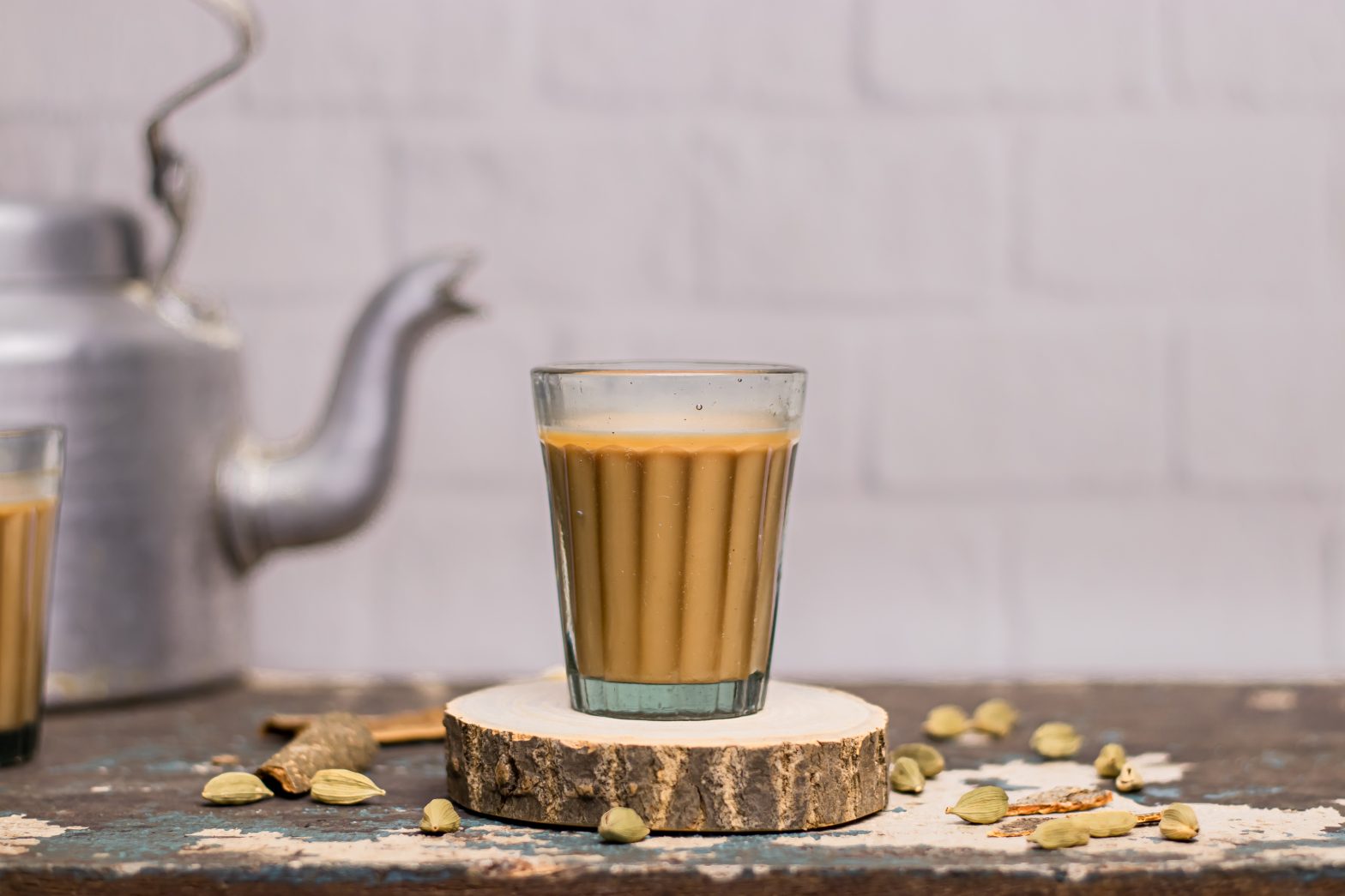In the vibrant tapestry of Indian society, chai is more than just a beverage; it is an institution, a
ritual, and a symbol of hospitality that permeates the daily lives of millions. As ubiquitous as the
sounds of bustling markets and the aroma of rich spices, chai holds a special place in the hearts
of Indians. From the steaming roadside stalls to the elegant settings of homes and offices, this
aromatic brew fosters connections, conversations, and comfort.
This blog delves into the cultural significance of chai in Indian society, exploring its history, the
allure of masala chai, and a look at some of the best tea brands in India.
History of Chai: A Journey Through Time
Early Origins
The story of chai in India dates back thousands of years. While tea plants are native to regions
in Assam in northern India, the local population originally used them for medicinal purposes
rather than as a daily drink. The ancient texts and Ayurveda document the use of tea leaves as
part of holistic health treatments aimed at detoxification and rejuvenation.
Colonial Influence
It was the British colonial rule in the 19th century that transformed tea into a daily staple. The
British, who were fervent tea drinkers themselves, established vast tea plantations in Assam
and West Bengal. Initially, the tea produced was intended for export to meet the demands of the
British market. A significant shift occurred when the British introduced marketing strategies to
boost local consumption in India. They promoted tea drinking among the Indian population
through aggressive advertising campaigns, free samples, and tea breaks for workers. This
democratization of tea turned a once-elite beverage into a national obsession.
Chai as a Cultural Phenomenon
Everyday Ritual
In India, chai symbolizes hospitality and warmth. A visit to an Indian home without being offered
a cup of chai is practically unheard of. It is often the first thing offered to guests, be it in homes,
offices, or even shops. The clinking of cups and saucers and the distinctive aroma of the brew
signify welcome and camaraderie.
Chai Breaks
Whether at roadside stalls (fondly known as “tapris” or “thelas”) or at makeshift kiosks in office
complexes, chai stalls serve as social hubs. These “chai breaks” are integral to work culture,
providing a well-earned pause where colleagues, friends, and sometimes strangers engage in
animated discussions ranging from politics and cricket to daily gossip.
Chai in Festivals and Celebrations
During festival times, special occasions, and family gatherings, chai takes on an even more
important role. It becomes the centerpiece of morning rituals and evening get-togethers, making every celebration complete. The preparation and sharing of chai during such events symbolize
unity and shared happiness.
Masala Chai: A Symphony of Spices
One of the most adored variations of chai is masala chai, a spicy and aromatic blend that
epitomizes India’s diverse culinary heritage. “Masala” means a mixture of spices, and each
region and family may have its unique recipe, often passed down through generations.
Ingredients and Preparation
A typical masala chai includes black tea leaves, fresh ginger, green cardamom pods, cinnamon
sticks, ground cloves, black peppercorn, and sometimes fennel seeds. The preparation starts
with boiling water and these spices to extract their flavors. Milk and sugar are then added,
followed by the black tea leaves. The mixture is simmered to perfection, strained, and served
piping hot. The proportions of spices can vary, allowing each brew its distinct personality.
Health Benefits
Masala chai is not just a treat for the taste buds; it offers various health benefits. The spices in
masala chai are known for their medicinal properties. Ginger aids in digestion, cardamom and
cinnamon have anti-inflammatory properties, and black pepper is known to boost metabolism.
This fusion of flavors and health benefits makes masala chai a favorite choice for many.
The Future of Chai in India
Best tea brand in India ensures the legacy of chai continues while meeting modern tastes and
standards. The chai culture in India continues to evolve, embracing contemporary trends while
holding firmly to its roots. The rise of chai chains signifies this evolution, offering a modern twist
to the traditional drink with innovative flavors and convenient delivery options. This new-age
chai cafes cater to the younger generation’s lifestyle needs without compromising the
authenticity of the brew.
Conclusion
Chai is more than just a beverage in India; it is a cultural emblem deeply embedded in the social
and emotional fabric of the nation. From its historical journey to its present-day prominence,
chai has transcended its role as a drink to become a symbol of warmth, hospitality, and
community. Whether enjoyed as a simple cup of tea or the aromatic masala chai, this beloved
beverage continues to invite, unite, and inspire. The dedication to quality by India’s best tea
brands ensures that the legacy of chai remains an integral part of Indian life for generations to
come.

